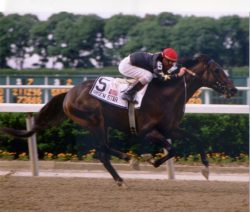Archaeology
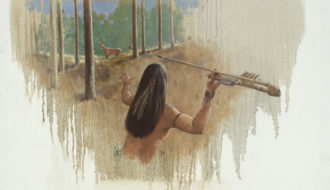
San Patrice Culture
This entry covers the San Patrice culture during the Late Paleoindian and Early Archaic Periods, 8800–6000 BCE.

This entry covers the San Patrice culture during the Late Paleoindian and Early Archaic Periods, 8800–6000 BCE.
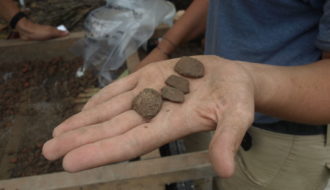
In New Orleans archaeological explorations span 2,500 years of history
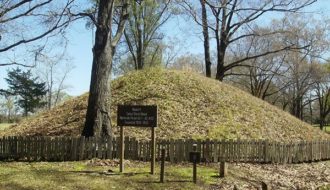
This entry covers the prehistoric Marksville Culture during the Middle Woodland Period, 1–400 CE.
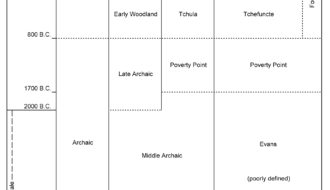
This entry explores the history of American Indian life in Louisiana from 11,500 BCE to 1700 CE through the study of prehistoric archaeology.
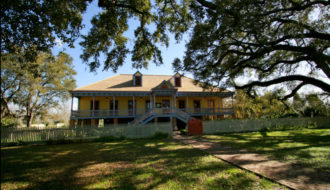
Laura Lacoul Gore, the namesake of Laura Plantation, left a memoir that proved to be an important resource for the restoration of the house.
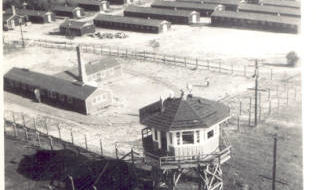
Camp Ruston was one of five large internment facilities established in Louisiana to house captured Axis soldiers transported to the United States during World War II.
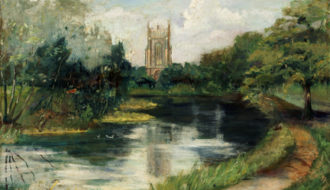
Fronting the Mississippi River, Audubon Park is one of New Orleans' most popular attractions for both tourists and locals.
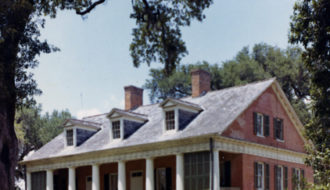
Until artist Weeks Hall donated Shadows-on-the-Teche to the National Trust for Historic Preservation in 1958, the New Iberia property had been in the Weeks family since the original Spanish land grant in 1792.
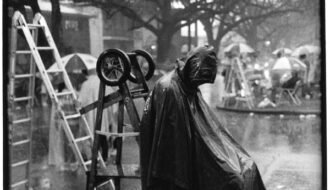
For three decades, photographer Matt Anderson has focused his camera on New Orleans's musicians, cultural events, and the performing arts.
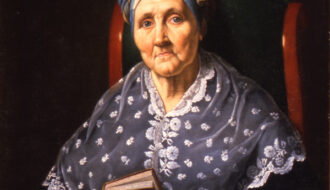
Italian painter Luigi Marie Sotta, a skilled and significant artist well versed in French academic practice, worked for at least two seasons in New Orleans.
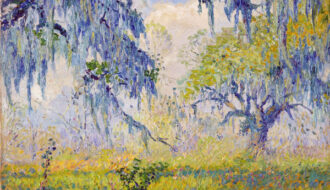
Artist Louis O. Griffith was not a native of Louisiana, but he discovered its charms on a visit to New Orleans and proceeded to depict the city in his artwork.
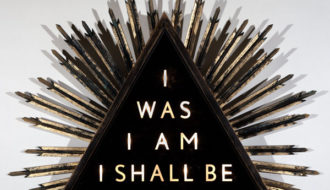
Largely self-taught and working primarily in wood sculptures, Skylar Fein graphically combines pop-culture icons and revolutionary texts into artwork with embedded political critiques.
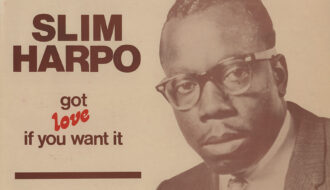
J. D. Miller’s recording studios in Crowley are best known for recording South Louisiana musical genres but the studio leaves a mixed legacy, having produced a series of racist songs in the 1960s.
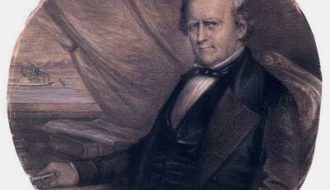
The Shreve Town Company was a for-profit business venture that led to the establishment of what is today known as Shreveport, the largest city in northwest Louisiana.
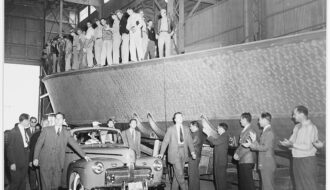
The United States’ entry into World War II spurred Louisiana’s recovery from the economic doldrums of the Great Depression.
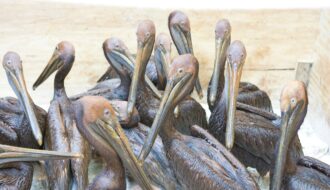
The 2010 BP spill was one of the worst environmental disasters in US history.
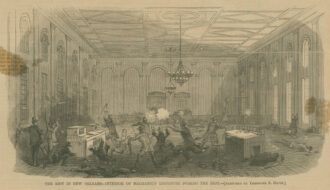
Following the Civil War, an attempt to amend the state’s constitution to grant Black men the vote provoked a deadly reaction from white supremacists, sparking national outrage and significant reforms.
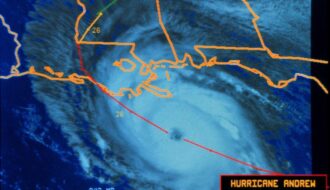
After wreaking havoc on Florida, Hurricane Andrew made landfall in Louisiana and caused widespread devastation.
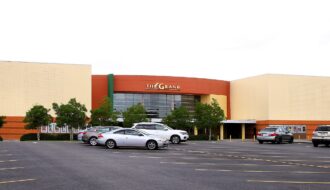
The Grand 16 Theater Shooting was a 2015 mass shooting in Lafayette that left three dead and injured nine, catapulting the city into a national discussion about gun control.
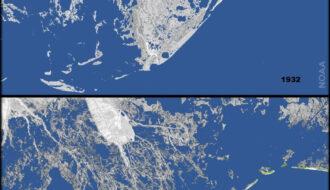
The gradual loss of Louisiana’s coastal wetlands is a slow-moving disaster largely set in motion by a series of human interventions in natural processes.
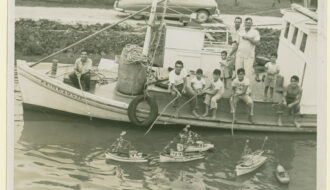
At Boat Blessings, a Catholic priest blesses a community’s shrimp boats before the start of shrimp season
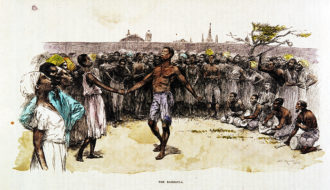
Congo Square, now Armstrong Park in New Orleans’s Tremé neighborhood, served as a gathering ground for Africans in the early years of the city.
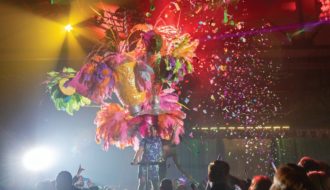
Since the mid-twentieth century, LGBTQ+ residents of Louisiana have contributed unique traditions to Mardi Gras celebrations.
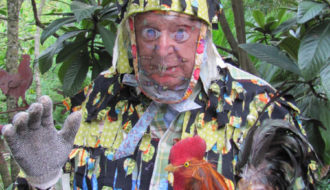
Allen and Georgie Manuel were a husband-wife team who made traditional costumes of the Cajun courir du Mardi Gras, the celebration of Carnival season in rural South Louisiana.
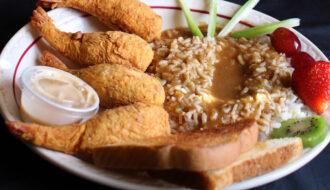
Popularized in the late 1950s, stuffed shrimp is a signature dish of Shreveport.
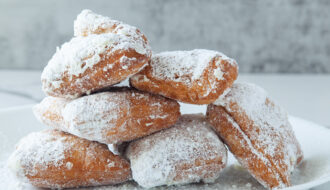
Beignets, or pockets of fried dough served with powdered sugar, are an iconic New Orleans treat.
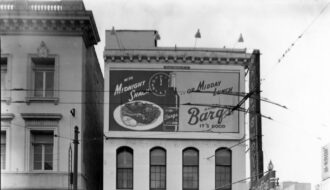
Brothers Edward and Gaston Barq began bottling carbonated water and soft drinks in New Orleans in 1890.
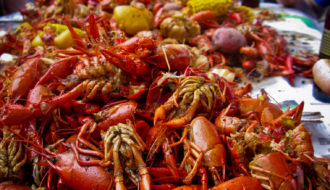
Crawfish boils are a springtime ritual in Louisiana.
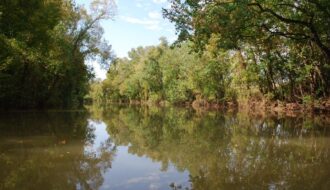
Before railroads and highways, Bayou Teche served as an important transportation route deep into the fertile interior of south-central Louisiana.
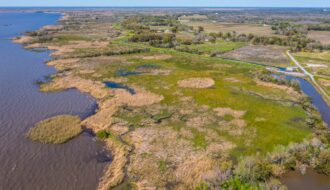
In response to decades of warnings about land loss, Louisiana released its first Coastal Master Plan in 2007.
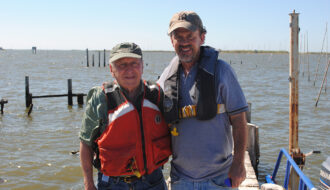
Woody Gagliano sounded the alarm on Louisiana’s coastal land loss crisis and worked with his colleagues for decades to remedy the problem.
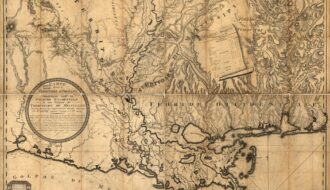
A portion of Louisiana was once the western extremity of colonial Florida
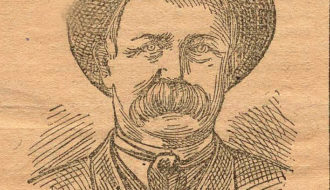
Edward Austin Burke, known as Major E. A. Burke, was a Louisiana politician during the Reconstruction era.
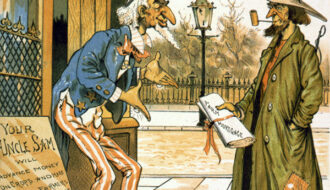
In the late nineteenth century, Populist Party advocates railed against the prevailing system and urged cooperation among oppressed peoples to secure reform.
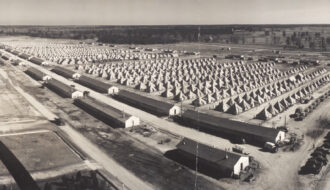
More than a century of existence makes Pineville’s Camp Beauregard, renamed the Louisiana National Guard Training Center in 2023, one of the oldest training camps in continuous operation in the nation.
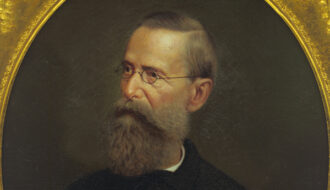
Sugar planter and politician André Roman, a member of the Whig Party, served as governor of Louisiana from 1831 until 1835 and again from 1839 to 1843.
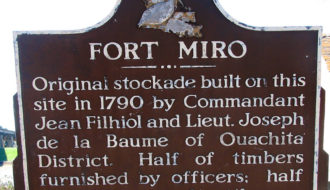
Located on the site of present-day Monroe, Louisiana, Fort Miro was a late eighteenth-century Spanish outpost that served the Ouachita River valley.
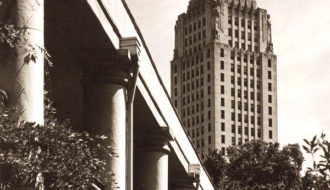
Built in 1819 as a fortification against the Spanish and slave insurrections, today the Pentagon Barracks house a museum, apartments, and the lieutenant governor's office.
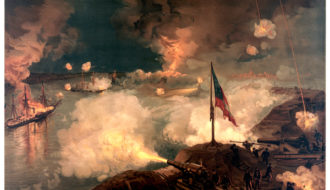
The capture of Port Hudson in Louisiana gave Union forces control of the Mississippi River and was a significant turning point in the Civil War.
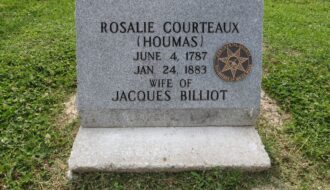
An important woman leader in the Houma Nation’s history, Rosalie Courteaux defended her people against non-Indian encroachment in the nineteenth century.
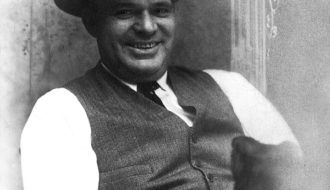
Roark Bradford was a writer and editor for The Times-Picayune and the author of numerous articles, stories, and books in the 1920s and 30s.
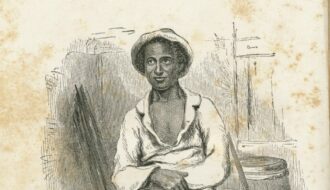
Solomon Northup, a free Black New Yorker, was kidnapped and sold into slavery in 1841, spending twelve years enslaved on Louisiana plantations before regaining his freedom.
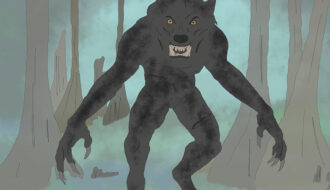
Louisiana’s folktales have been influenced by Indigenous peoples and the many cultural and ethnic groups that have immigrated to the state.
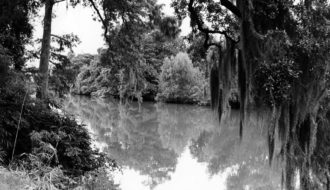
Swamps have a unique place in the literature, film and folklore of Louisiana.
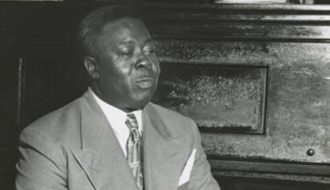
Andrew Morgan was a New Orleans traditional jazz clarinetist, saxophonist and audience favorite at Preservation Hall.
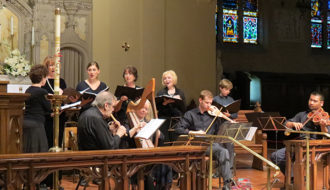
New Orleans Musica da Camera is the oldest early music ensemble in the Americas, and one of the oldest classical music organizations in the South.
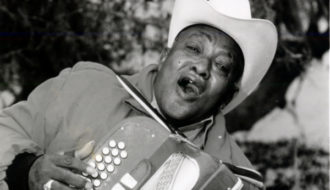
Wilson Anthony "Boozoo" Chavis was a pioneering zydeco musician best known for highly danceable tunes and his often-risqué sense of humor.
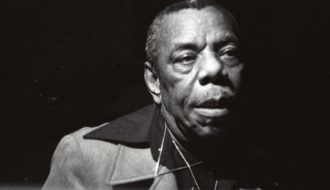
Champion Jack Dupree was was best known as a barrelhouse pianist and songwriter/raconteur but was also an accomplished boxer and cook.
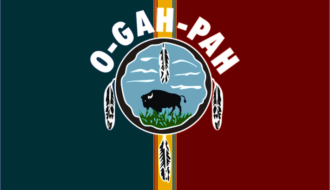
The Quapaw Indians, whose four villages were located along the Arkansas River, were military allies and trade partners of colonial Louisianans.
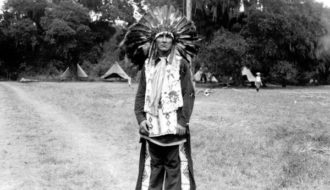
The Jena Band of Choctaw Indians is one of four Louisiana tribes recognized by the federal government and one of fifteen recognized by the state.
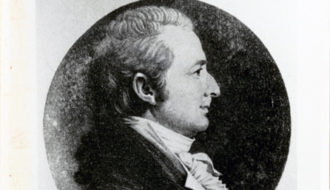
While Louisiana began as a French colony and its dominant culture remained Creole French well into the nineteenth century, Anglo-Americans began to form a significant minority in region the late colonial period.
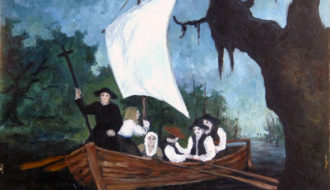
Cajuns are the descendants of Acadian exiles from what are now the maritime provinces of Canada–Nova Scotia, New Brunswick, and Prince Edward Island–who migrated to southern Louisiana.
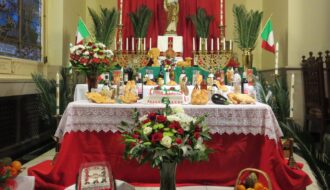
Catholic Louisianans of Sicilian descent erect altars laden with fresh produce, baked goods, and other foods to honor Saint Joseph.
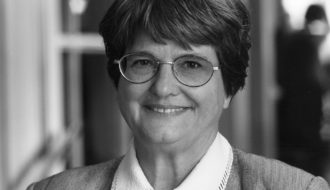
Sister Helen Prejean is an anti-death penalty advocate in New Orleans and the author of "Dead Man Walking."
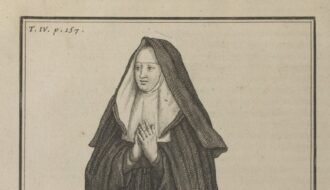
Marie Tranchepain was the first Mother Superior of New Orleans’s Ursulines and an early female diarist.
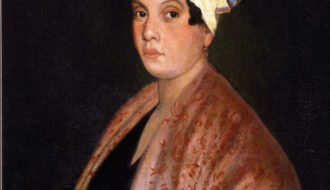
Marie Laveau was a free woman of color born in the French Quarter of New Orleans. Laveau assumed the leadership role of a multiracial religious community for which she gave consultations and held ceremonies. During her time, she was known as "The Priestess of the Voudous"; among many other colorful titles.
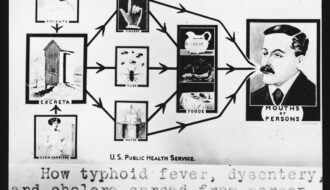
During the nineteenth century, cholera epidemics caused tens of thousands of deaths throughout the state of Louisiana.
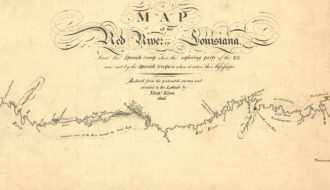
An American effort to explore the Louisiana Purchase territory was hindered by a log jam on the Red River and two hundred Spanish troops.
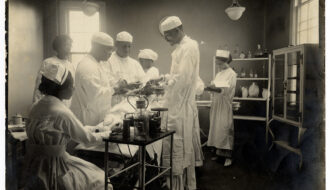
Flint-Goodridge Hospital opened in 1896 to serve New Orleans’s Black community and provide medical training for Black nurses and physicians at a time when other hospitals denied services to Black people.

Woody Gagliano sounded the alarm on Louisiana’s coastal land loss crisis and worked with his colleagues for decades to remedy the problem.
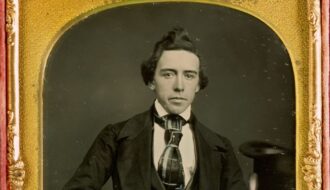
New Orleanian Paul Morphy rose to international fame as a chess master.
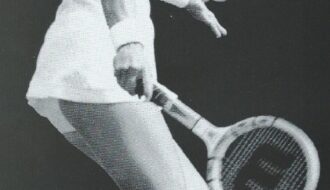
New Orleans's Linda Tuero was a collegiate and professional tennis champion in the late 1960s and early 1970s.
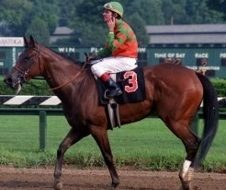
Louisiana jockey Craig Perret won two Triple Crown races and numerous horse racing awards.
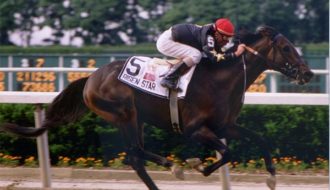
Sired by Secretariat and owned by Ronnie Lamarque and Louis Roussel III, Risen Star was one of the most successful racehorses ever to come out of Louisiana.
One-Year Subscription (4 issues) : $25.00
Two-Year Subscription (8 issues) : $40.00
